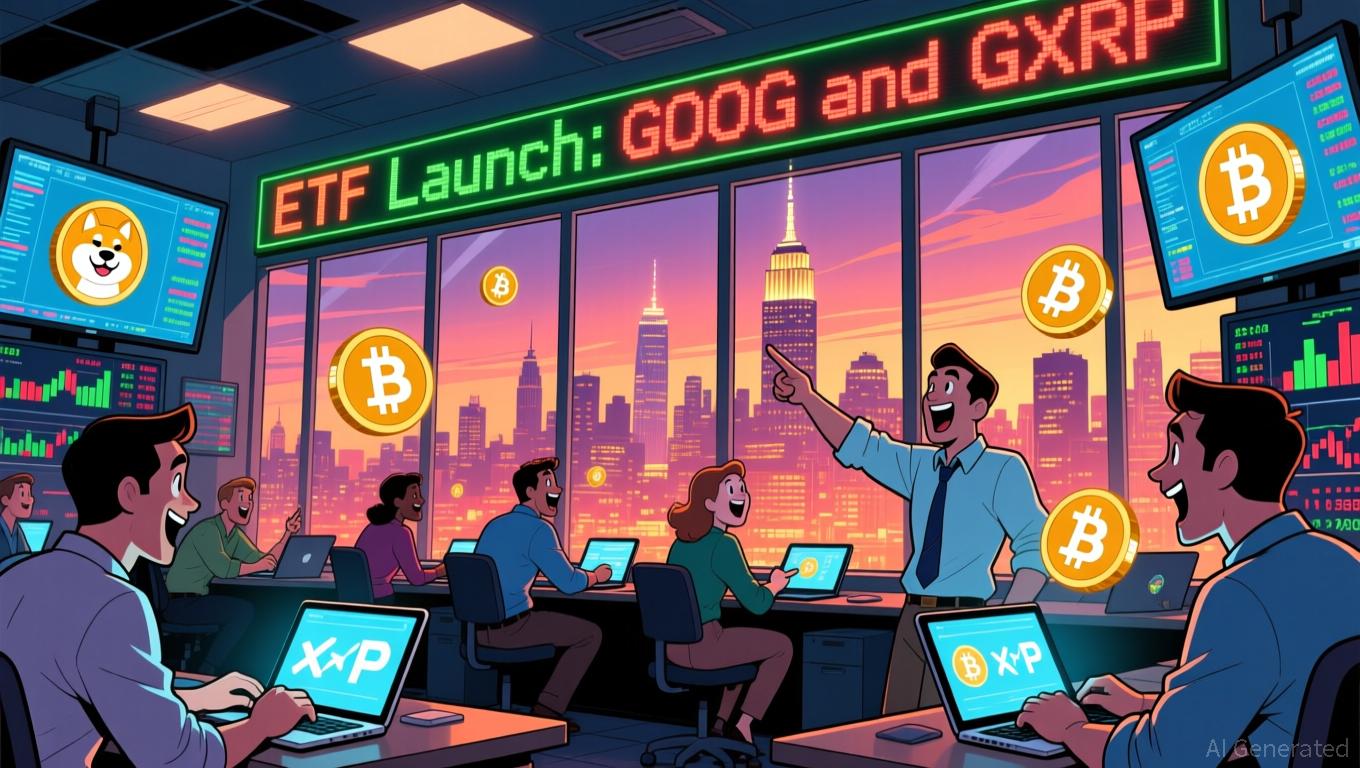Crypto's Intense Fear: Indicator for Contrarians or the Dawn of a New Age of Unpredictability?
- Crypto Fear and Greed Index hit 28, its lowest since 2020, as Bitcoin fell below $109,000 amid heightened volatility and uncertainty. - Macroeconomic factors like $22B crypto options expirations, Trump’s tariffs, and Fed rate uncertainty fueled the selloff, compounded by $1.19B in liquidations. - Bitcoin’s drop below short-term holder cost basis historically signals inflection points, but analysts warn overlapping macro risks complicate recovery prospects. - Experts debate whether extreme fear mirrors 20

The Crypto Fear and Greed Index has dropped sharply to 28, reaching one of its lowest points since the 2020 crash, as
This wave of selling has been driven by a mix of global economic and political developments. On September 27, more than $22 billion in crypto options expired, causing technical turbulence as large investors repositioned [4]. Political moves, such as Donald Trump’s suggested tariffs on drugs and furniture, have heightened concerns about a broader economic slowdown. Meanwhile, speculation around potential Federal Reserve rate cuts has added to the uncertainty, as traders fear that aggressive monetary easing might indicate deeper economic troubles rather than support for risk assets [4].
Traders have also been hit by liquidity crunches. Data from Coinglass shows that over $1.19 billion in crypto assets were liquidated in the 24 hours before the index’s sharp fall, intensifying the downward trend [4]. These forced liquidations, together with Bitcoin’s ongoing struggle to rise above its STH cost basis, have deepened negative sentiment. While Bitcoin has often bounced back after dipping below this level, analysts warn that today’s environment is more complicated due to overlapping global risks [2].
The recent drop in the fear index has sparked discussion among analysts about what it means for the market. Some interpret the extreme fear as a possible contrarian indicator, similar to the 2020 pandemic crash, when Bitcoin bottomed at $3,825 before rallying to all-time highs [4]. Others caution that the current situation is different, with ongoing uncertainty from international trade disputes and regulatory changes possibly extending the downturn. Crypto analyst Michael Pizzino pointed out a widening gap between price and sentiment, noting that similar patterns came before the market rebounds in 2023 and 2024 [3].
Although the short-term outlook is still unclear, the wider crypto market is at a pivotal moment. The movement of Bitcoin’s price and the direction of the fear index indicate that the market is being tested by global economic challenges. Experts stress the need to watch institutional buying and the performance of alternative coins as possible signs of recovery. For now, investors are urged to remain cautious, weighing historical trends against the unique difficulties of the current cycle [2].
Disclaimer: The content of this article solely reflects the author's opinion and does not represent the platform in any capacity. This article is not intended to serve as a reference for making investment decisions.
You may also like
VIPBitget VIP Weekly Research Insights

Bitcoin Updates: Negative Cycle Drives Bitcoin Down Even as Long-Term Outlook Remains Positive
- NYDIG reports capital flight from crypto via ETF outflows, stablecoin contractions, and corporate treasury sales, reversing Bitcoin's demand engine. - BlackRock's $520M IBIT ETF redemption highlights institutional shifts, with ETFs now amplifying Bitcoin's downward pressure instead of stabilizing prices. - Stablecoin supply declines and DATs selling assets (e.g., Sequans) create a feedback loop, accelerating Bitcoin's bearish momentum post-October liquidation crisis. - Despite weak near-term indicators,

XRP News Update: Alternative Coin ETFs Launch as Grayscale Broadens Its Reach Past Bitcoin
- NYSE approves Grayscale's GDOG and GXRP ETFs for Dogecoin and XRP , launching Nov 24 after SEC-compliant regulatory clearance. - SEC's 2025 framework enabled rapid altcoin ETF approvals, with Franklin Templeton and others entering competitive XRP market. - GDOG charges 0.35% fees targeting retail investors, while Franklin's fee-free XRP ETF aims to attract institutional capital through Coinbase . - Despite $4B+ outflows in Bitcoin ETFs, JPMorgan forecasts $4-8B in XRP ETF inflows, signaling growing insti

Risk Down First: 4 Altcoins Showing Stronger Drawdown Control and 2x+ Growth Potential
